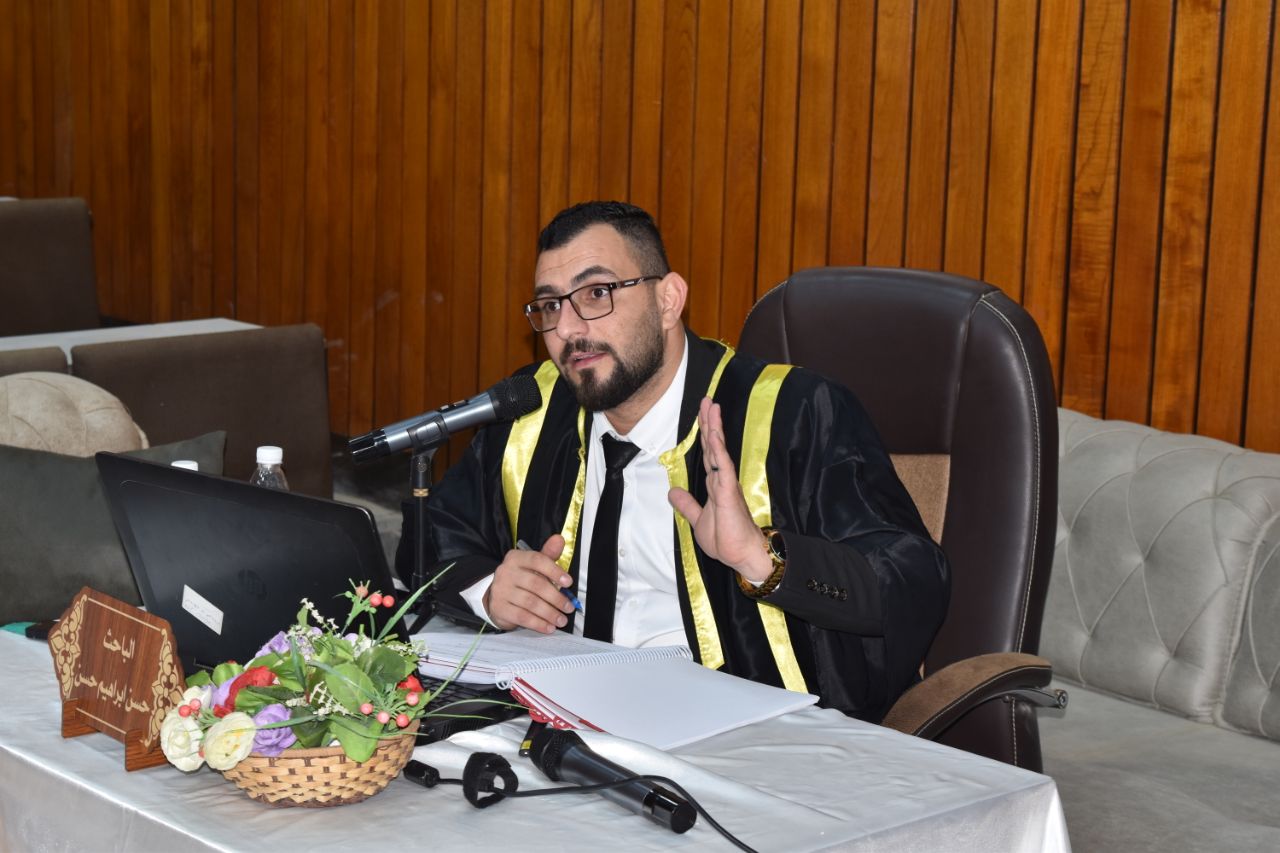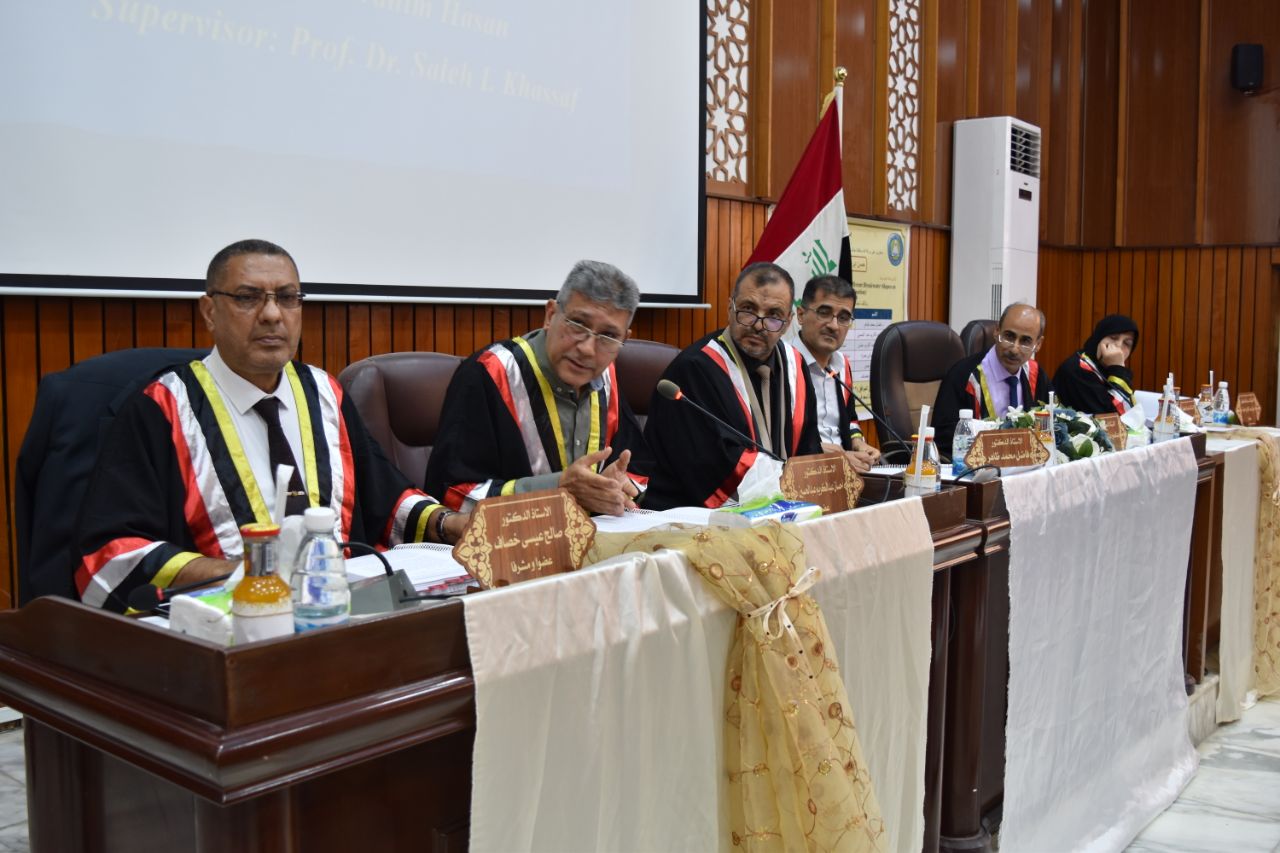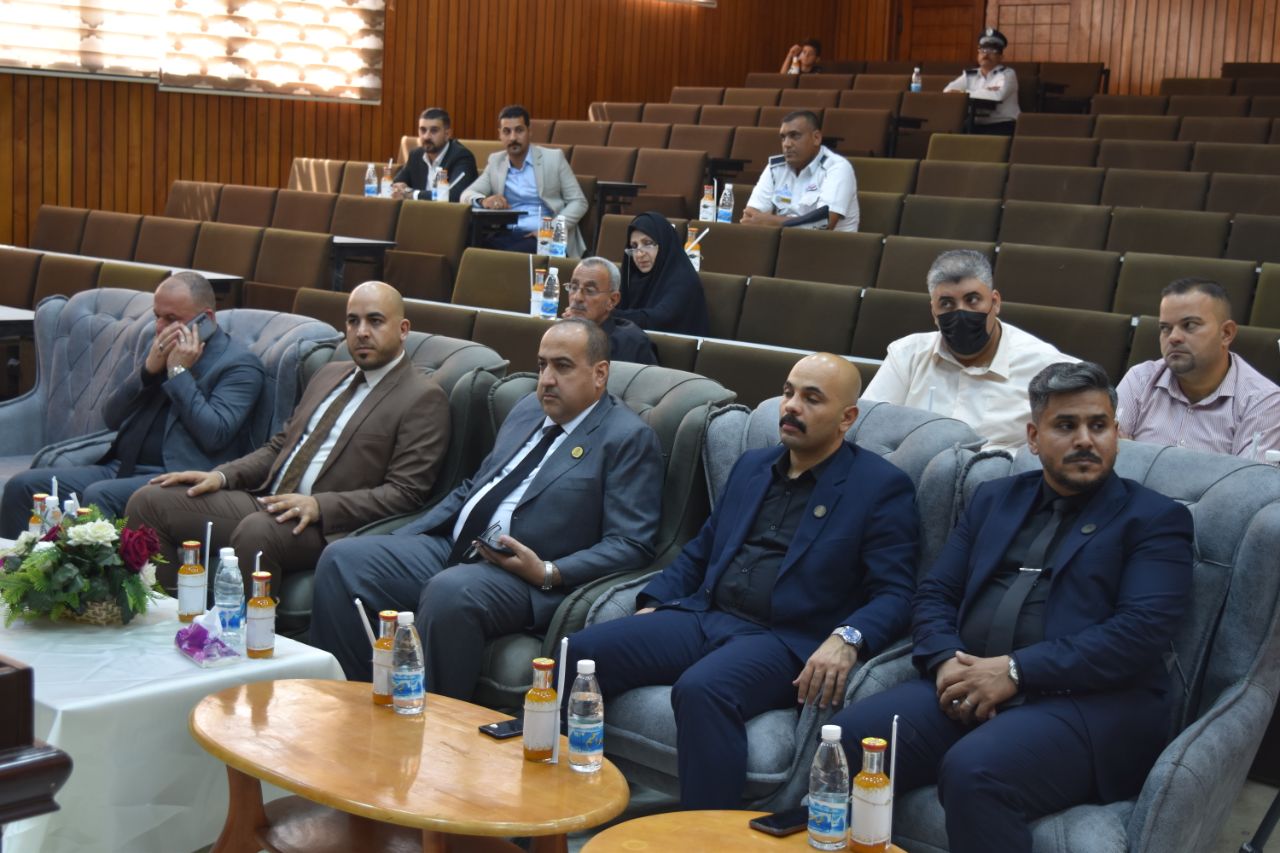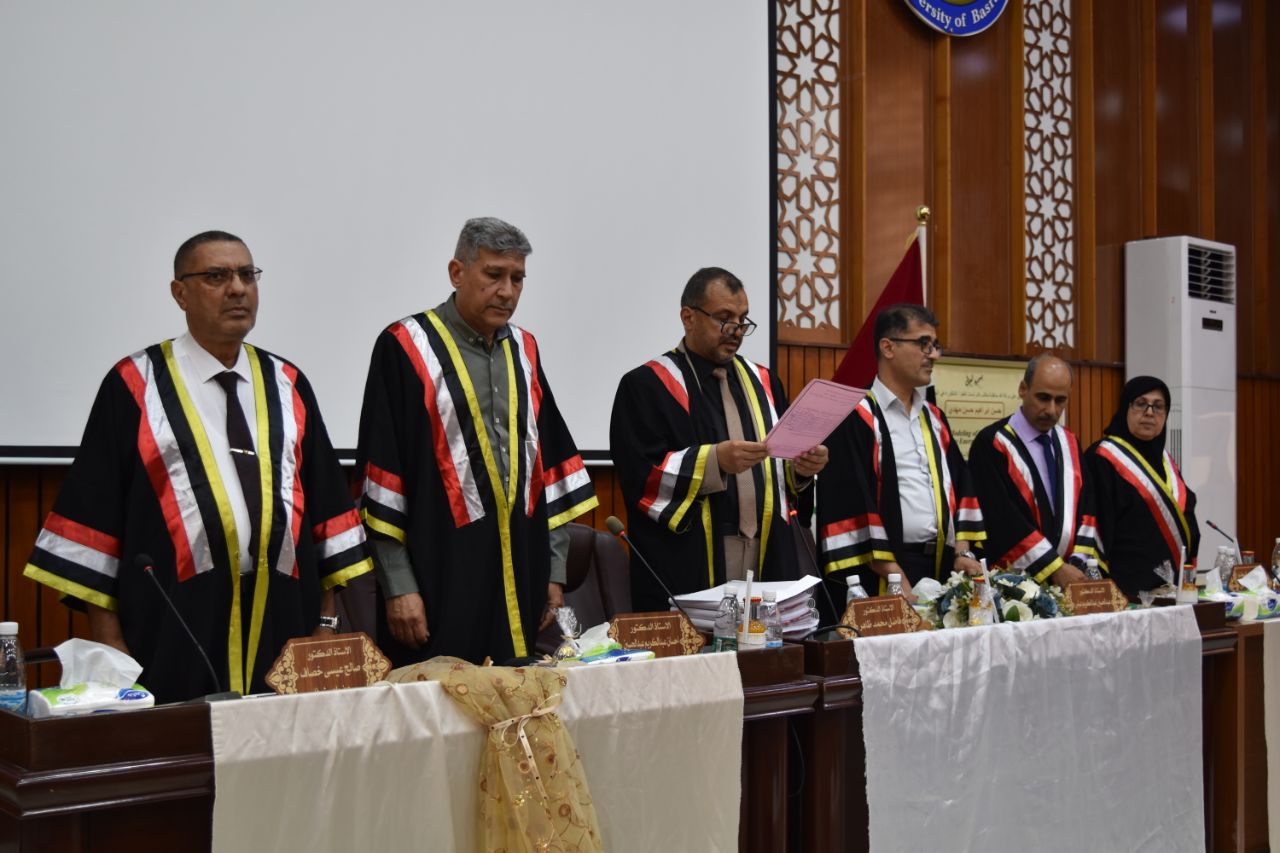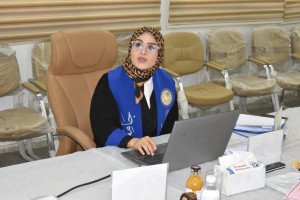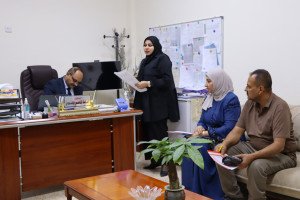
a doctoral thesis at the College of Engineering at the University of Basrah discussing (Hydro study and modeling of different forms of a breakwater on the dispersal of wave energy)
The thesis submitted by the student Hussein Ibrahim Hassan Al-Sheikhly dealt with tests on fifteen different types of breakwater models. These activities are built into three distinct types, each with an angle Mile. This models comes in two types of designs: gradient and graded in degrees (0, 3, 4, 5 and 6). All types of breakers are digitally designed
Using the method of volumes, properties and differences by the program (11.2 FLOW 3D). An experimental model of the shape of (Cor-Loc) was made over the breakwater in the great port of Faw in order to assess the risk of water level rising above the top of the breakwater and to determine the ability of (Cor-Loc) to absorb the incoming rise of the wave and dissipate its energy.
The results of the experiments were then used to create mathematical models, which were used in order to make predictions about the behavior of breaking waves and the transmission coefficient of those waves over submerged breakwaters. These predictions were made with the help of multiple nonlinear regression (MNLR) and artificial neural network (ANN) approaches.
The thesis aims to analyze the shape of a breakwater and determine the behavior of breaking waves in water through energy dissipation and transmission coefficient.
The thesis concluded that increasing the wave height increases the wave transmission height for all shapes with
degrees and lateral slope, increasing the number of degrees increases the wave transmission coefficient for wave heights (0
and 2, 4 and 6 cm) until the flood point occurs at (8) cm above the crest of the submerged breakwater for all models,
Increasing the side slope increases the wave transmission coefficient for the wave height (0, 2, 4, 6 and 8) cm, until
Closing point is at (10 cm above the top of the submerged breakwater).
The results also show that it is accepted that MNLR and ANN can predict broken waves
and transition coefficient, however ANN supports higher confidence levels than MNLR. For broken waves.
